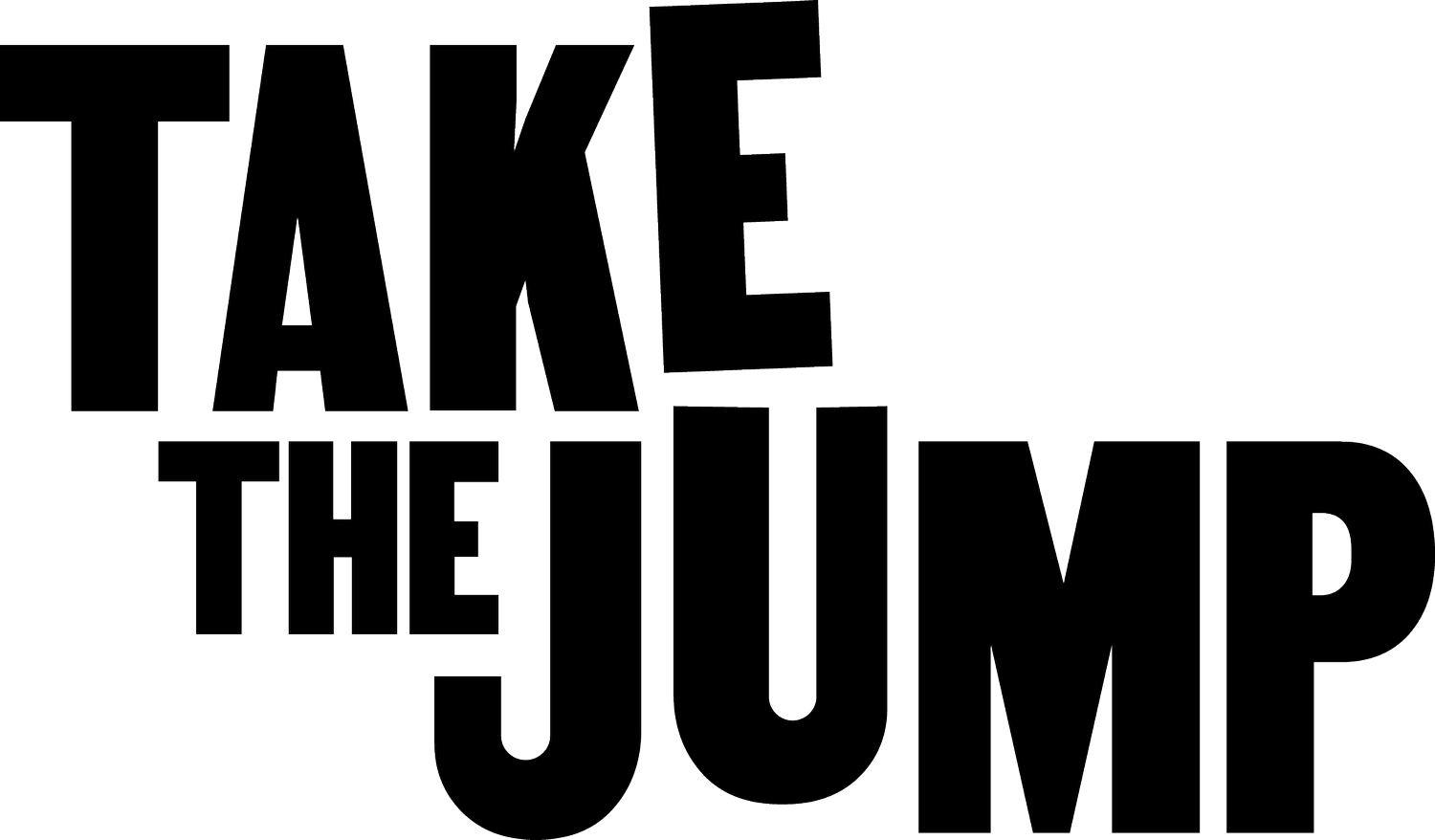
How TO DRESS RETRO
Reduce the number of new items you buy. Limit new clothing items to three per year (not including socks, underwear, or shoes). Before buying new clothes consider what is already in your wardrobe. Are there items that can be spruced up with an alteration or two?
Try alternatives like buying second-hand. Think about the reason you’re buying new clothes. Is it because you want a style update? Why not try upcycling, clothes swaps, or checking out second-hand/op shops first? Is it because something doesn’t quite fit anymore? Think about whether alterations could help and investigate local tailors or craftspeople. Is it because something you bought a few months ago is already falling apart? Firstly – try to mend it! Upskill yourself or take it to a local business or a Repair Café for repair. And if the damage is too great, you could try turning it into something else.
When you do buy new items look for a brand that ensures quality and durability. Their clothes might be more expensive, but consider the cost per wear. If it will last three times as long but is only double the price, that’s a financial saving over the item’s lifetime and better for the environment.
“But I’m going to miss being able to switch up my wardrobe!” If having an up-to-date wardrobe brings you joy, consider going to or even organising a ‘clothes swap’. This can be a small get-together with friends or a big event at a fair or market.
WHY DRESS RETRO?
WHAT THE SCIENCE SAYS: Keep new items of clothing to three per year.
The clothing and textiles industry accounts for more greenhouse gas emissions than international aviation and shipping combined. Fast fashion means we’re buying and replacing clothing more frequently than ever.
Lower prices often mean poorer quality clothes that don’t last as long; and low prices have also resulted in unseen human and environmental costs such as pollution of rivers, poor working conditions, low wages, and exploitation of workers in factories. There is a joke in China that says the colour of the river will tell you what next season’s ‘in’ colour will be.
Every item of clothing we buy has emissions associated with it. We need to reduce the amount we buy to help reduce these emissions. New Zealand is the perfect place to dress for less. With over 1,500 second-hand shops listed in Rose Jackson’s directory Collectors Anonymous, you’re bound to be close to an op-shop.


